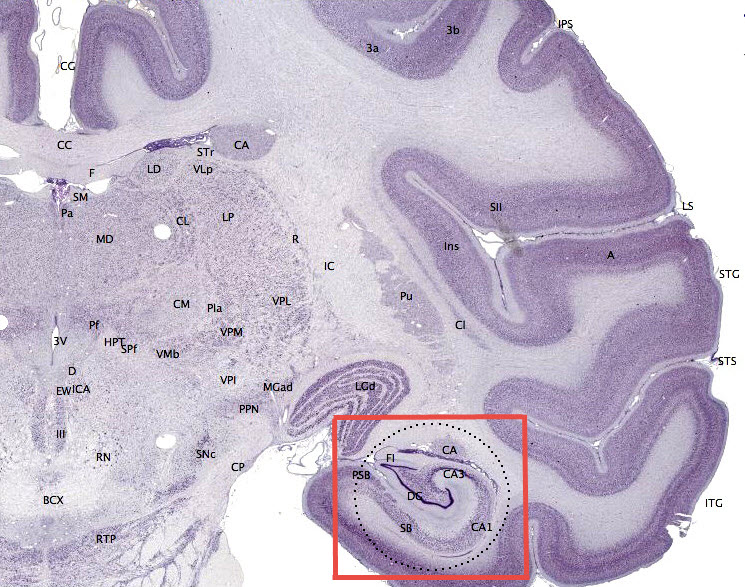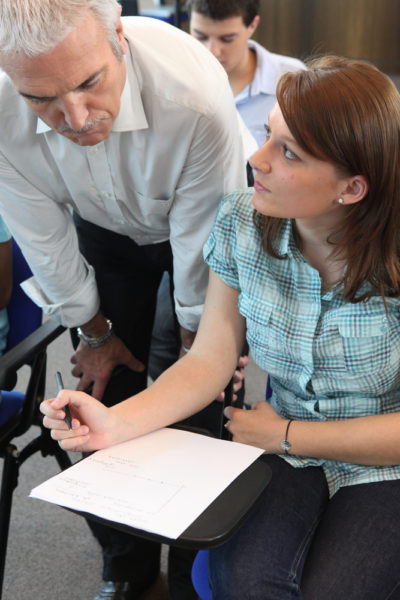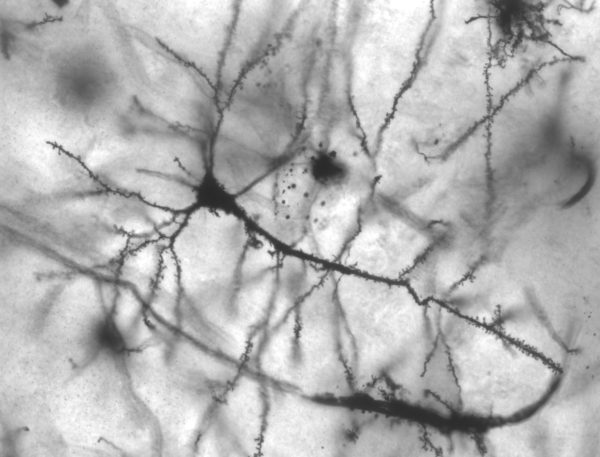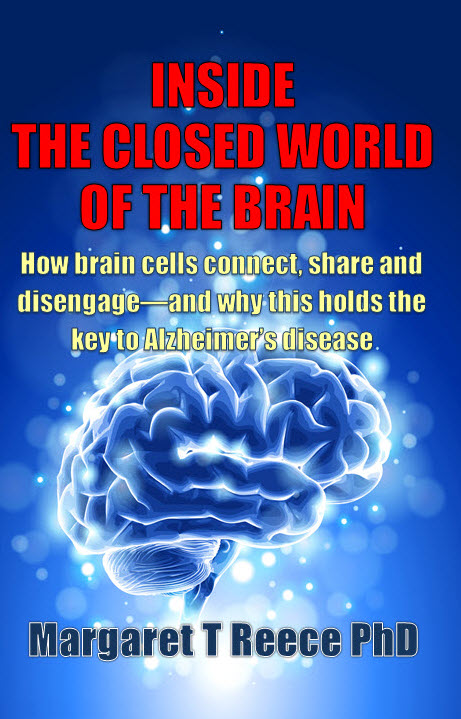Article #6 of a 7 Part Series
Memory molds consciousness, making each mind unique. Patients who suffered damage to a region of their cerebral cortex named the hippocampus provided the first definitive knowledge that human memory is stored in and recalled from separate brain locations.
Memory loss of individuals varied depending upon the precise location of the damage in the hippocampus. Some types of memory were lost while other types of memory were retained. There are multiple forms of memory and different neuron circuits and pathways to support each.
On average, maturity of the memory forming brain regions is reached at about age 3-4. Maturity in these regions coincides with the age when an infant acquires the ability to fit words together into a native language.
This is also the age when people develop the earliest long-term memories revisited later in life. This convergence of developmental events suggests language is needed for human memory of past events.
Types of Memory
Most systems for cataloging the defining characteristics of human memory originated in the field of psychology. What psychology tell us about human memory will be discussed first to provide a framework for later theories and discoveries of the neurosciences.
Psychologists report long-term memory can be divided into two separate categories, explicit/declarative memory and implicit/procedural memory. Short-term memory, also known as working memory, is more complex than long-term memory.
Declarative Memory
Declarative memory, sometimes called explicit memory is available at will. Declarative memory falls into three categories: episodic memory, semantic memory, and autobiographical memory.
Episodic memory recalls specific events, situations and personal experiences like a day at an amusement park with friends or family members.
An episodic memory may be of a person, a person’s name, or the place and time spent with a person. Or it may be of the cat that came to help everyone find the right answer.
In contrast, semantic memory is limited to facts like the meaning of a word, the number of hours in a day, the number of pints in a quart, or 2 X 2 = 4.
Autobiographical memory includes a specific kind of episodic memory. It is limited to those events in a person’s own life history such as graduating college, getting married, or where you were when the first man landed on the moon.
Procedural Memory
Procedural memory resides below the level of conscious awareness. It is an unintentional memory formed as an experience is repeated. Implicit memory guides performance of a practiced activity such as playing an instrument, riding a bike, or driving a car.

Brain’s ability for sound source separation permits hearing each instrument separately, Ingaga/Shutterstock.com
It is also the automatic form of memory used when reading this page. Attention to the details of how to read is not required because an implicit memory of reading is already present.
In another example, implicit memory recognizes that music belongs in categories like classical, blues, country, or rock.
Working Memory
Working memory is a dynamic form of memory combining many things from past learning together with present experiences. It draws on previous experiences to manage the present.
When working memory retrieves an episodic memory from the past, the act of retrieving it reshapes the pieces of the older memory for use in the present situation.
The older memory becomes updated with each recall into working memory to include the more recent experiences. In this way the brain integrates what is already understood to be true with everything new it learns.
Working memory also includes resisting distraction when processing information for long-term storage. For example, when students hear instructions for how to proceed with a new project, working memory stores the details of the project’s procedure in long-term memory and at the same time formulates questions about the instructions.
Memory Formation
It is studies of episodic memory over the past 15 years that produced the clearest and best accepted physical data about memory formation in the human brain.
Memory Encoding
Episodic memory is first coded by neurons of the only part of the human brain that can produce new neurons from neural stem cells late into old age, the hippocampus.
The hippocampus is shown within the dotted circle in the red box on this figure of a coronal section of the brain of a macaque monkey. It is similarly located in the human brain.
The name given to this section of brain cortex comes from combining two Greek words, hippos and kampos. Hippos meant horse, and kampos translates to sea monster. Combined they add up to “seahorse”. Look closely at the area within the red box. Does the shape in the circle resemble a seahorse?
Newer theories of information coding in the brain hypothesize electrical/chemical signaling is carried out by populations of neurons working together in ensembles. This model claims neuron ensembles perform better than individual neurons.
Early studies of the signaling of individual neurons observed a great deal of background noise that hid activity patterns. The present hypothesis argues that when neurons signal as a group, noise within the group gets cancelled out.
Information from the sensory areas of the cerebral cortex is transferred by neuron ensembles to the hippocampus. Episodic memories are then coded for storage by the neurons of the hippocampus using information gathered by the sensory organs.
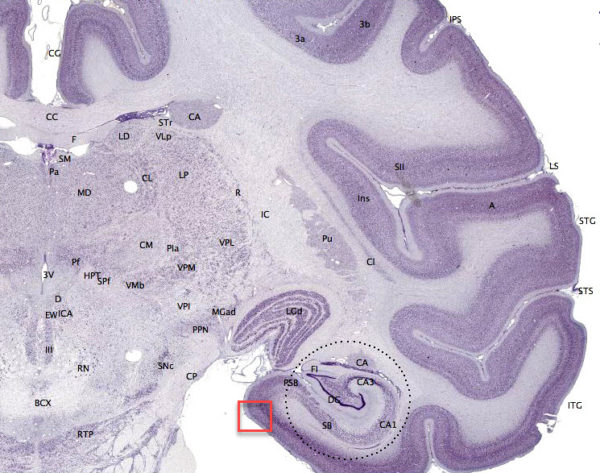
Coronal section of brain of macaque monkey showing location of entorhinal cortex (red box) near the hippocampus, brainmaps.org/Wikimedia Commons
Coded information from the hippocampus travels to the nearby entorhinal cortex, the red boxed area in the above figure. The entorhinal cortex is the primary interface between the hippocampus and other cortical areas where memory is stored.
A two-part model proposes pattern separation, which insures similar experiences persist as distinct memories, requires replacement of hippocampus neurons by neural stem cells. The second component of this model maintains older neurons of the hippocampus are devoted to pattern completion. Pattern completion is essential for reconstruction of a stored memory based on partial clues.
The entorhinal cortex is essential for long-term memory formation, memory consolidation, and memory optimization during sleep. Neurons of the adjacent area known as the amygdala add emotion to the remembered events.
Memory Storage & Memory Recall
Long-term episodic memory coding fragments and scatters over a network of neurons in diverse brain areas including multiple locations in the brain cortex. The individual components of a single event move to separate locations for storage. Visual representation, auditory representation and the emotional component of an event may all map to different brain areas.
Studies using fMRI during episodic memory formation followed by recall of the memory discovered remembering reactivates the same neuron circuitry as the original experience. There is general agreement, at least for episodic memory, that recall follows the same neuron path as the actual experience, but in reverse. However, the number of details about an event that are remembered depends upon the amount of attention focused upon the event when it occurred.
Often for stressful events, like having someone watch over your shoulder during a test, only a small part of the actual details is processed into memory. What details of the event pictured are the young woman likely to remember? Would she remember more detail about her emotions or the color of the man’s clothes?
Structure of Memory
Memory formation in the human brain involves more than neuron current moving through stationary neuron circuits. Dynamic reorganization of neuron circuits during memory formation is essential.
Neuron circuit reorganization includes restructuring of ensemble units, remodeling of neuron synapses, and replacement of some neurons. These events are enhanced by sleep.
Neuron Signaling
Neuron signaling in the brain is by groups of neurons firing together called ensemble units. Neuron ensemble units move memories through the brain. Ensemble units contain a core set of neurons and a reserve pool of neurons. Reserve neuron pools exist in signaling ensembles of vertebrate brains from frogs to primates. It is theorized that they also exist in humans.
The reserve pool neurons share input and output circuits with the core ensemble but express different neurotransmitters and exert diverse effects on common targets.
Incoming stimuli affect both the core and reserve neuron pools. The flexible composition of the ensembles allows various combinations of neurotransmitter output in response to incoming signals.
Neuron axon pathway reorganization is also part of memory formation.
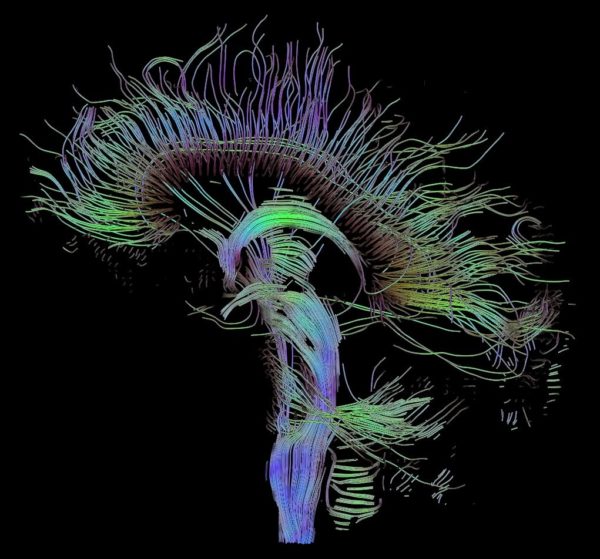
Neuron axon tracts in human brain, courtesy of Thomas Schultz, Gordan Kindlmann and Andrew Alexander/Wikimedia Commons
Modification includes alteration in the number of axons in a memory pathway, changes in the diameter of the axons, variation in the degree of dense packing, axon branching and the amount of axon myelin.
The ability of neuron circuits to adjust their properties during memory creation provides an extensive range of options for optimizing memory construction.
Memory Code
Neuron ensembles move memory through the brain. But the physical memory code is believed to reside on neuron dendrites at dendrite spine synapses.
Dynamic dendritic spines on individual neurons are thought to provide an anatomic structure for memory. Over time the number, size and shape of spines on dendrites alters depending upon the volume of incoming signals.
Dendritic spines experiencing abundant input from presynaptic neurons persist and enlarge. Those receiving little neurotransmitter signaling shrink to a stubby shape and sometimes disappear from the dendrite.
The process that allows synapses to become stronger or weaker is named neuroplasticity.
Neurogenesis and Memory
Neurogenesis, the birth of new neurons, is thought to play a role in memory. In the human adult brain neurogenesis is thought to be restricted to the hippocampus. During the 1990s a stem cell population capable of developing into new neurons was discovered in the adult mouse brain. Brain histology published in 1998 confirmed the human hippocampus also retains an ability to generate new neurons throughout life. Hippocampus neurogenesis appears to be restricted to a collection of its neurons named the dentate gyrus.
The dentate gyrus of the hippocampus participates in formation of new episodic memories and recognition of environmental patterns. It also plays a role in coding and recall of emotional memory and facts. In 2013, neurogenesis in the human hippocampus was sufficiently quantified to support the possibility that new neuron formation in addition to dendritic spine enlargement is required for memory coding. A more detailed review of this study can be found on this website at Birth of New Neuron Continues in the Human Brain.
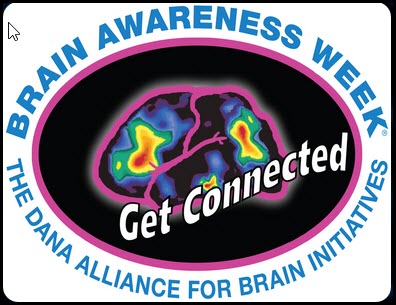 Further reading from The Dana Alliance for Brain Initiatives: “How Does the Brain Work”
Further reading from The Dana Alliance for Brain Initiatives: “How Does the Brain Work”
Margaret Thompson Reece PhD, physiologist, former Senior Scientist and Laboratory Director at academic medical centers in California, New York and Massachusetts is now Manager at Reece Biomedical Consulting LLC.
She taught physiology for over 30 years to undergraduate and graduate students, at two- and four-year colleges, in the classroom and in the research laboratory. Her books “Physiology: Custom-Designed Chemistry”, “Inside the Closed World of the Brain”, and her online course “30-Day Challenge: Craft Your Plan for Learning Physiology”, and “Busy Student’s Anatomy & Physiology Study Journal” are created for those planning a career in healthcare. More about her books is available at https://www.amazon.com/author/margaretreece. You may contact Dr. Reece at DrReece@MedicalScienceNavigator.com, or on LinkedIn
Reece Biomedical Consulting LLC Privacy Policy: Click HERE
Featured header image: ©Moonlight Photo Studio, via Shutterstock.com



